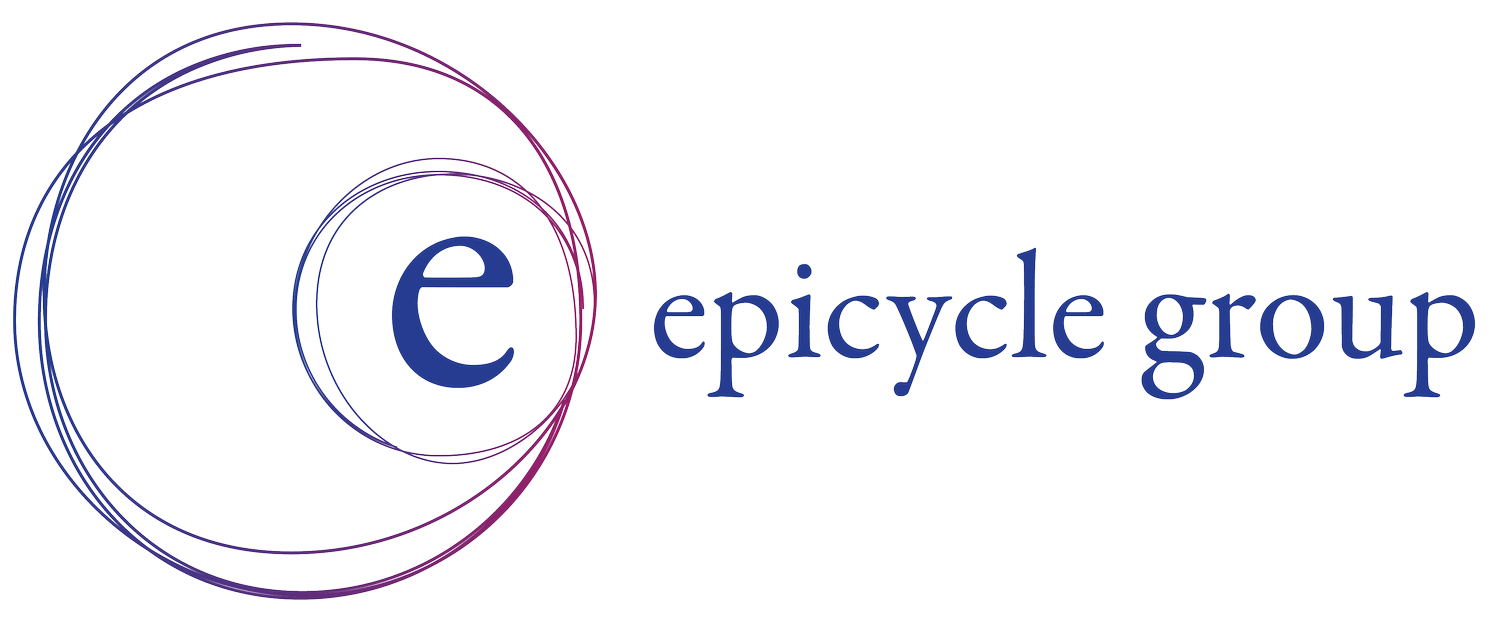Creating Habits that Stick
There are many great strategies to build habits that help you make meaningful, and long-term, changes in your life. Some of my favorites include habit-stacking, the power of timing, and keystone habits.
Habit Stacking
I created some beneficial new habits in 2020, and I did it using an approach called habit stacking.
It’s overwhelming for most of us to imagine piling more responsibilities onto our already very full plates. Habit stacking is simple—if you want to do something, you have to pair it with something that you do already, automatically. Think adding greens to your lunch every day. You’re already eating, you just need to tack on a healthy addition to your routine.
Want to build meditation into your schedule? Do it first thing in the morning every weekday when you sit down in front of your computer. Want your kids outside for more frequent but brief intervals to reset their energy? Take them with you every time you walk the dog.
You get the idea—now stack away and see how great you feel with these new behaviors in your life.
Timing
I read an excellent book this summer, When, by Daniel Pink. It’s filled with many gems, but one of my favorites is about using timing to create change in our lives. Pink says that it actually IS easier to make changes in your life on January 1. It’s because the beginning of a year is imbued with so much meaning around being able to start over. He calls these moments when we can start over more easily “temporal landmarks,” and says that when those times arise, it’s due to the significance that YOU have given the particular month or day.
These times are ripe for a new start, allow us to shed parts of ourselves that we don’t like, and those versions of us can be stored away as our “old selves.” Temporal landmarks allow us to begin again as our “new selves.”
The great news is that you can “restart” many, many times in a year. You just need to find times that are imbued with meaning for you—like the first day of the month, or your birthday, your child’s birthday—even every Monday. Temporal landmarks are special times because they also allow people to step back, take a big picture view of their lives, and identify key goals that are important to them.
Keystone Habits
Another book I read years ago, but I loved it and it stayed with me, is The Power of Habit by Charles Duhigg. He writes about how to transform behavior. I found the book to be a good opportunity to reflect on my own habits, and to think through how to alter my daily practices to best manage myself. One of his most important ideas is the concept of keystone habits, which are key positive behaviors that need to be in place for other good habits to be maintained.
Think of keystone habits as the foundation—once the fundamentals are in place, you can build from there. I initially found identifying my own keystone habits to be a bit challenging. I couldn’t be sure which habits were my keystones until I had some data. So I prioritized certain behaviors and paid attention to what actually worked in my own life.
I discovered that my keystone habits are sleep and exercise, which is true for many people. Once those are in place, other helpful habits are easier to maintain, like eating healthfully, managing time wisely, and being patient with your kids.
Starting new habits often also involves hitting periods of time where we pause on our helpful habits, stop them altogether, and then bring them back again when we can.
There is no failure—only setbacks. Know that you can restart as many times as you need to in order to gain momentum and create helpful, lasting changes in your life.
